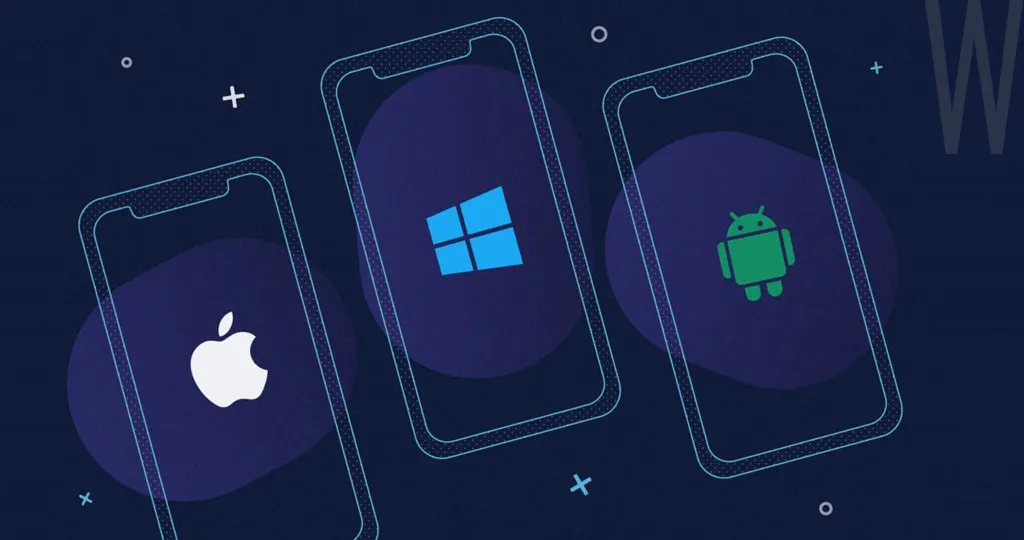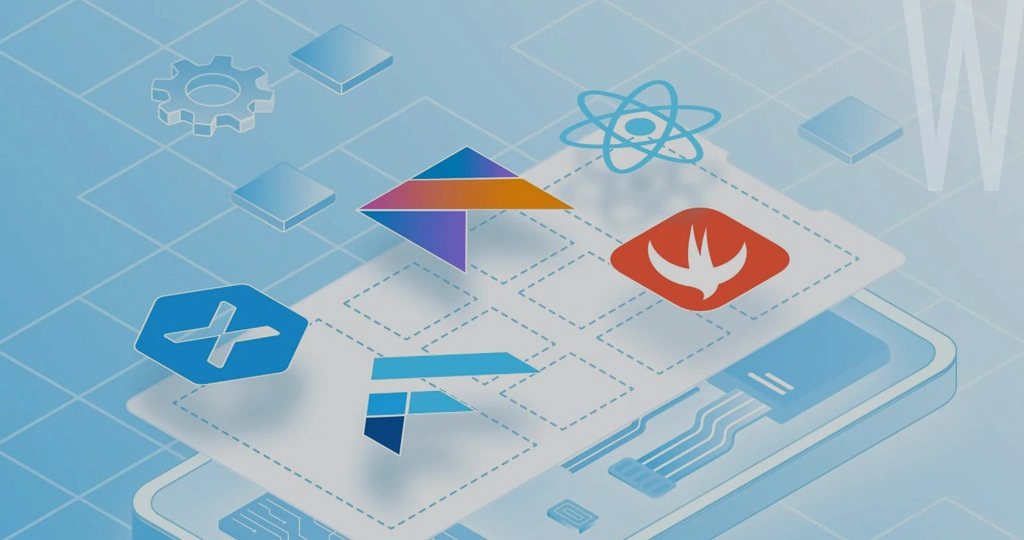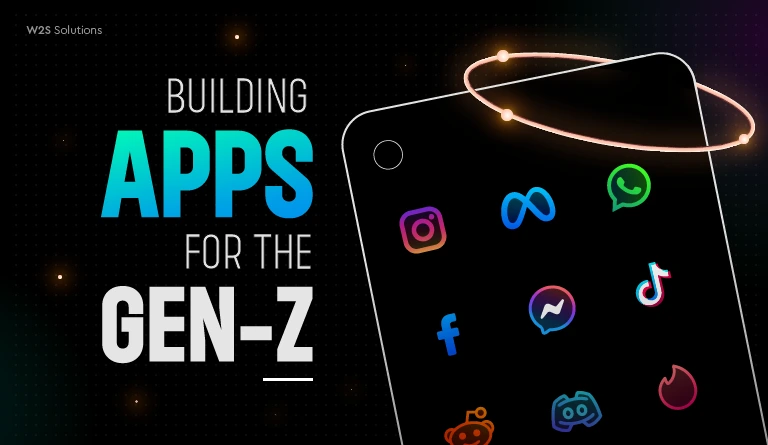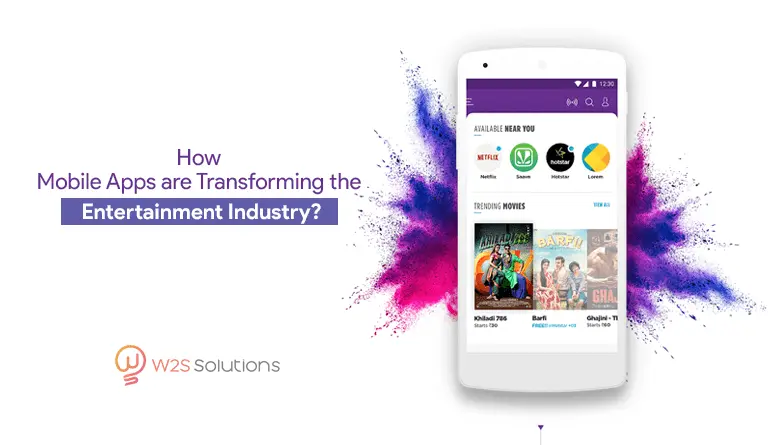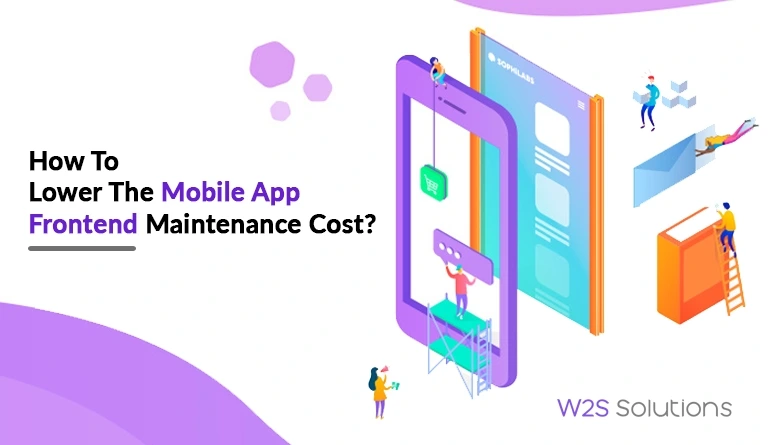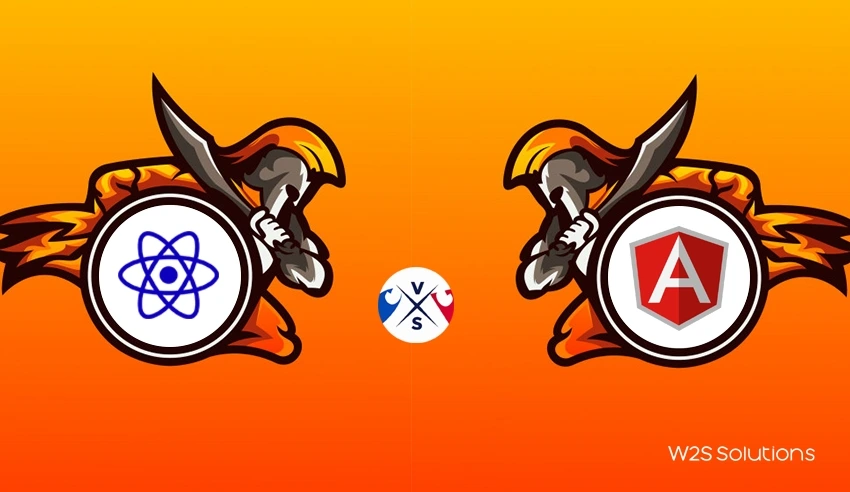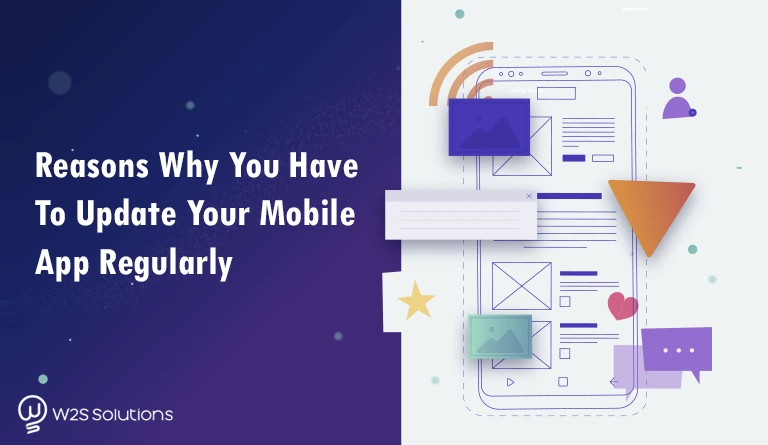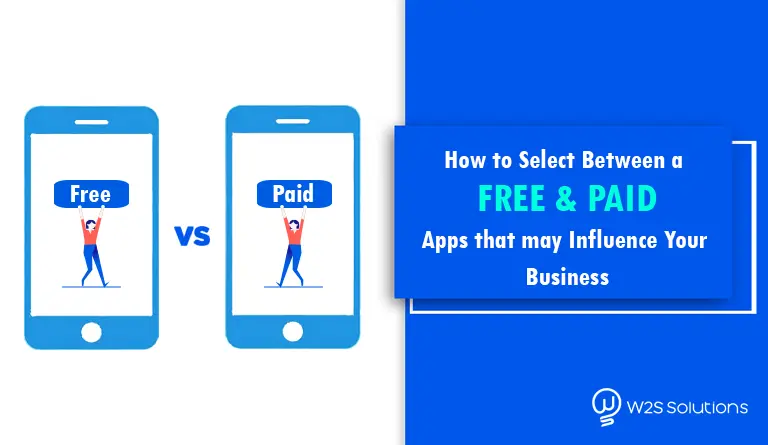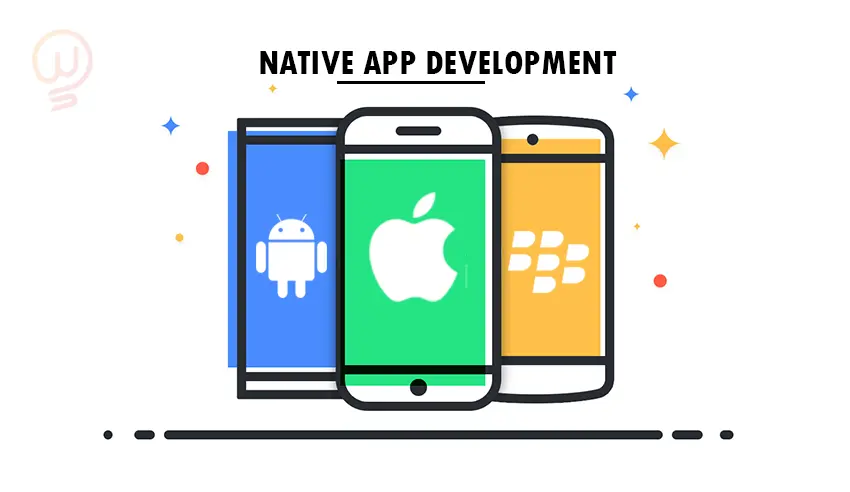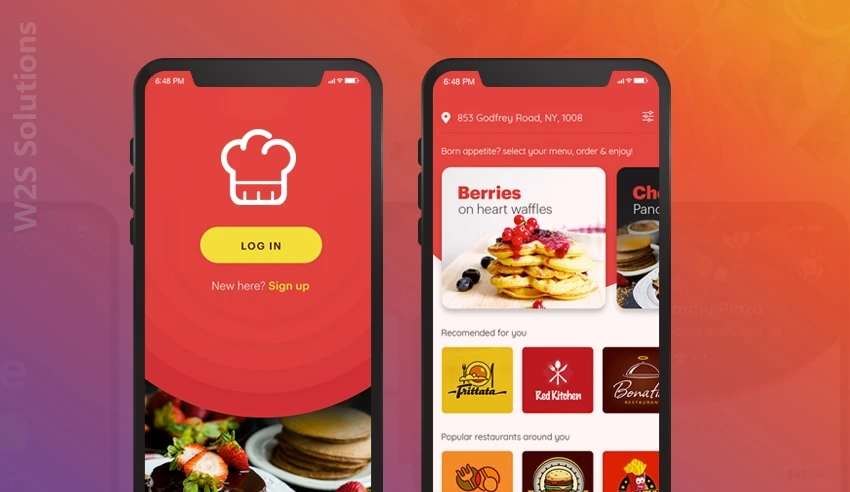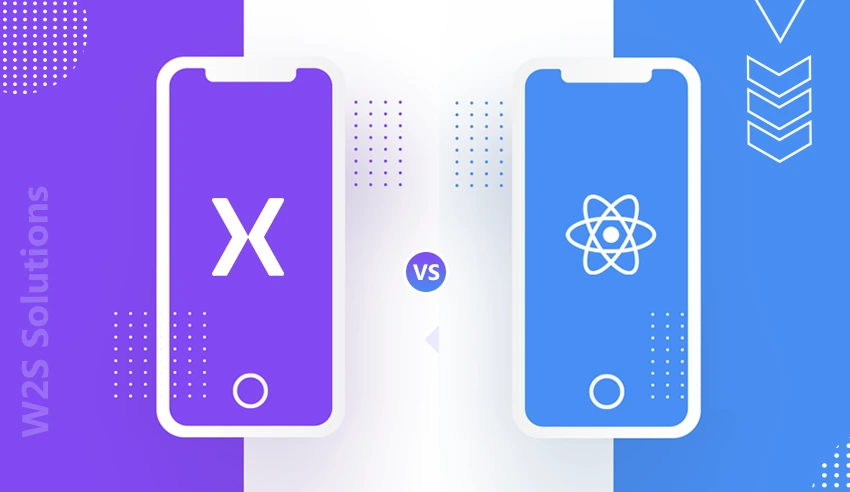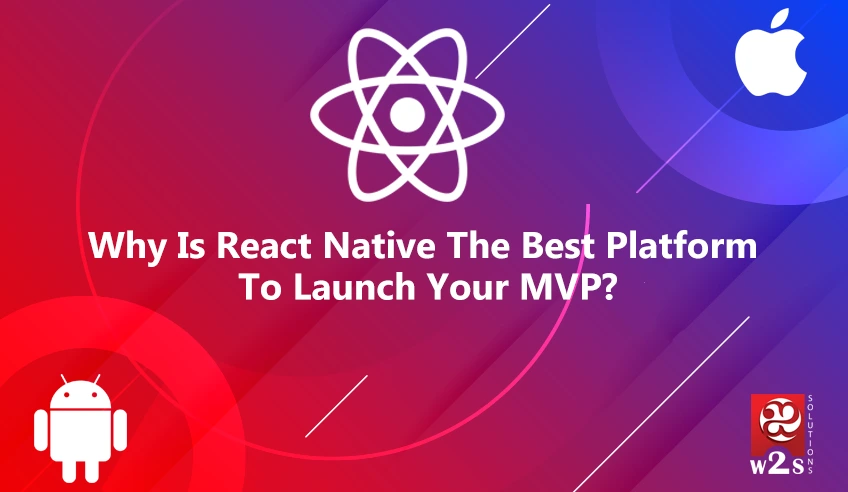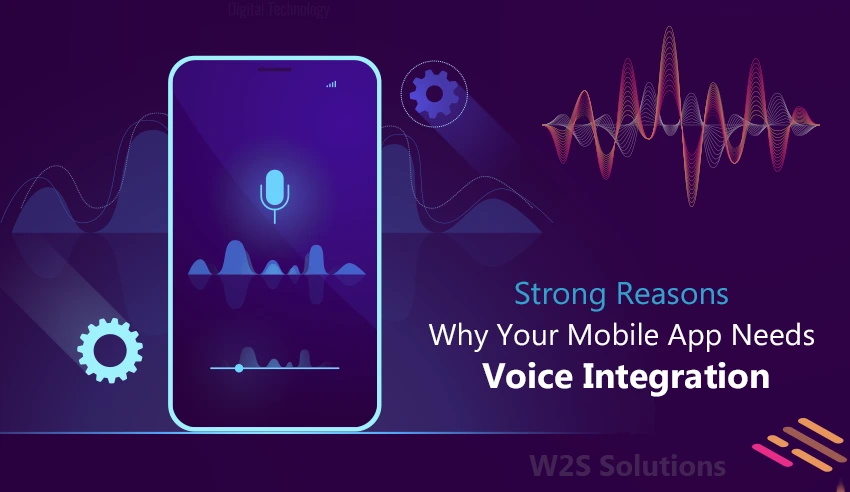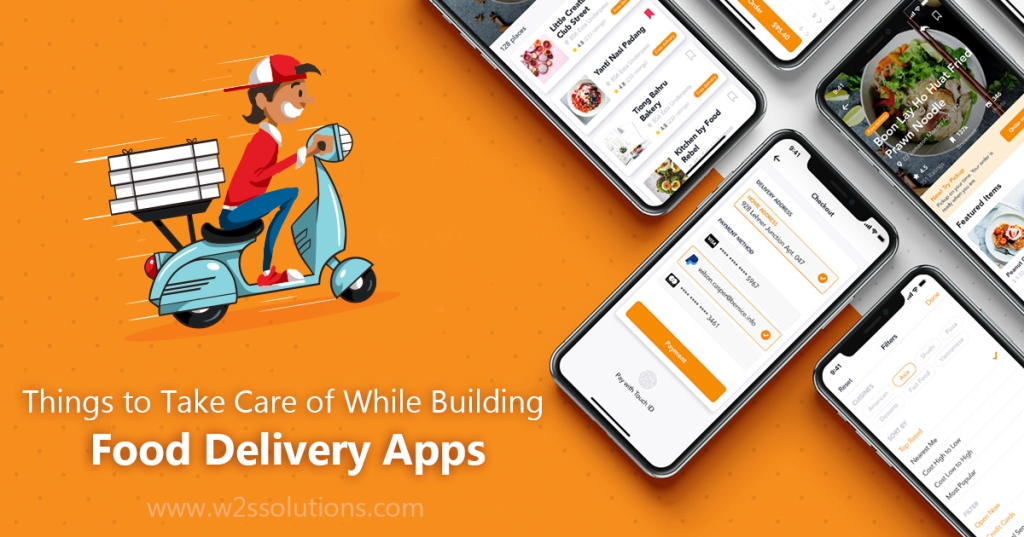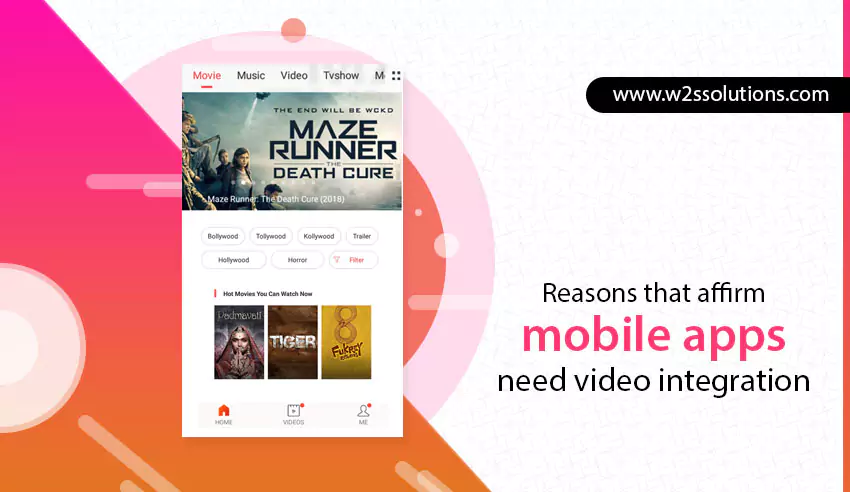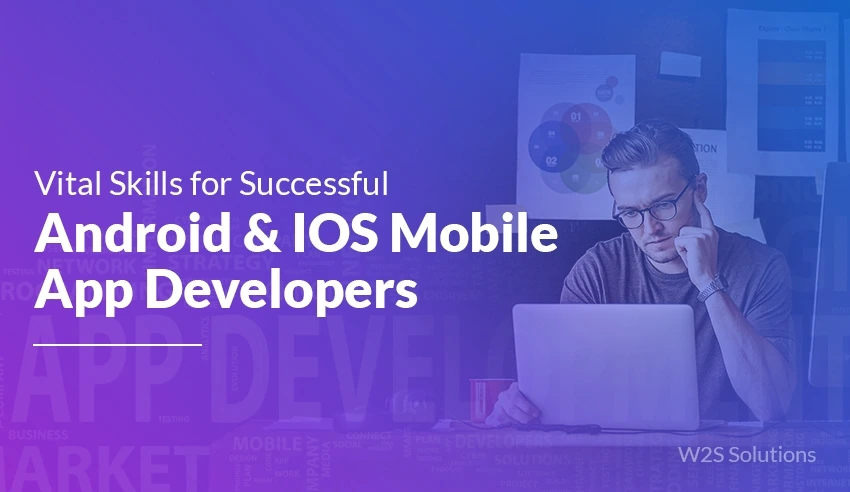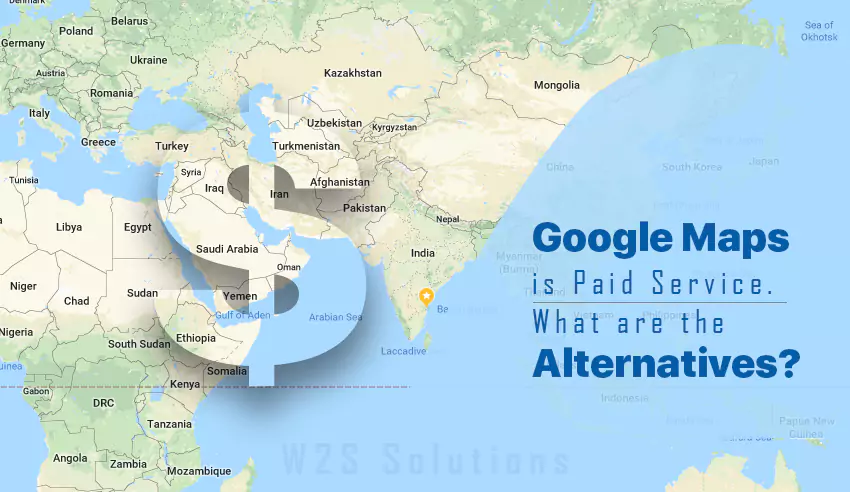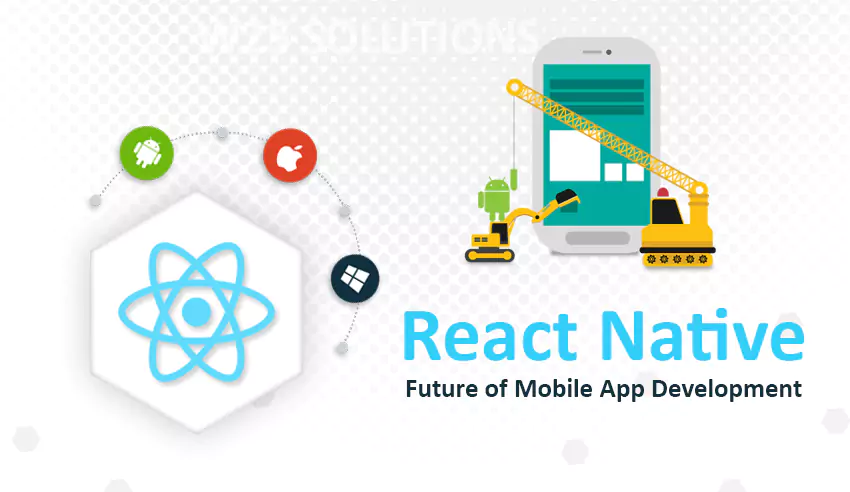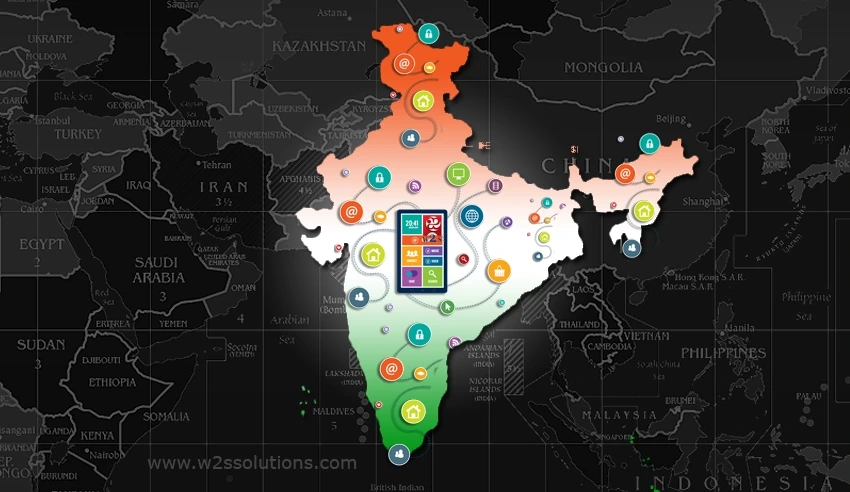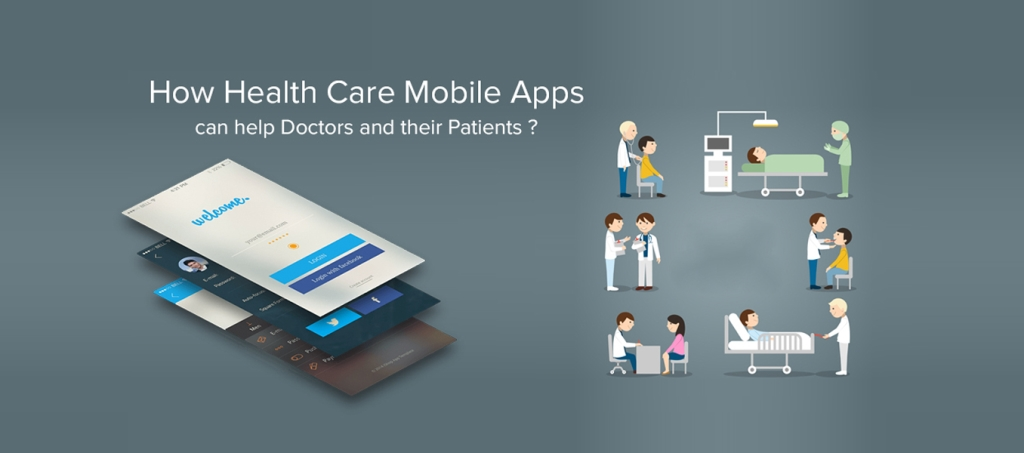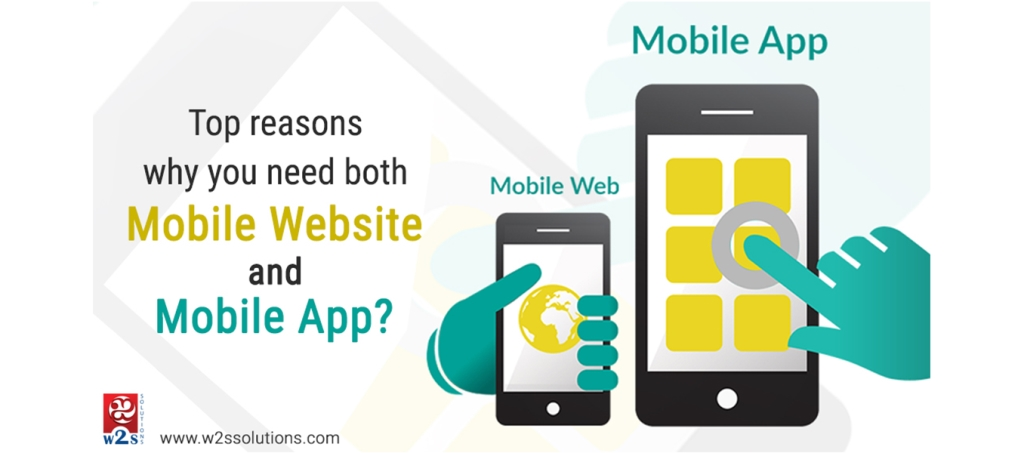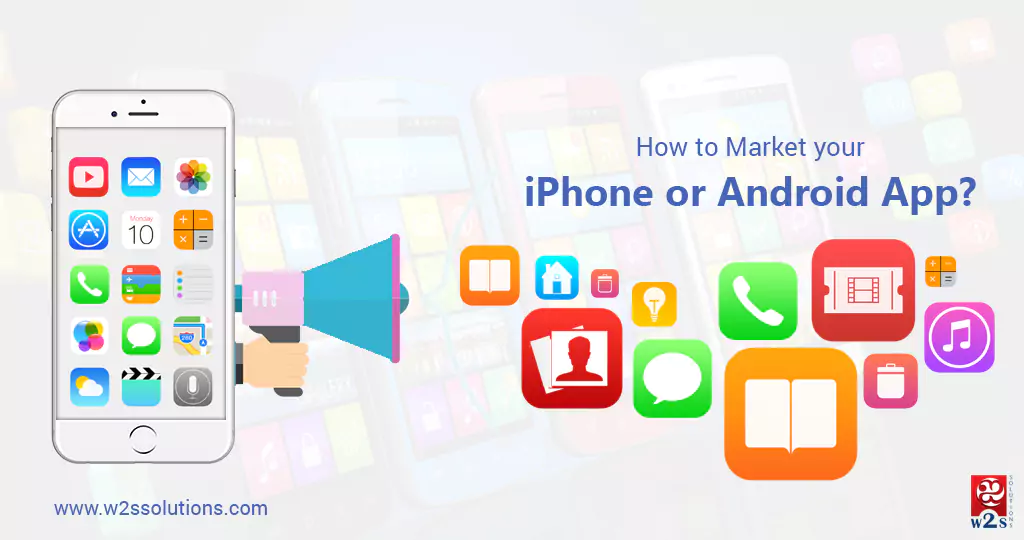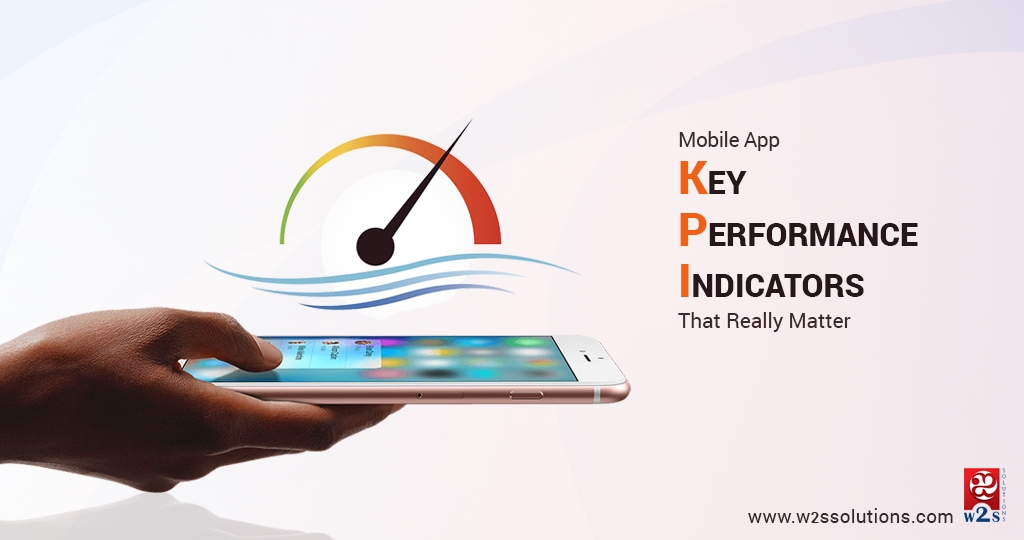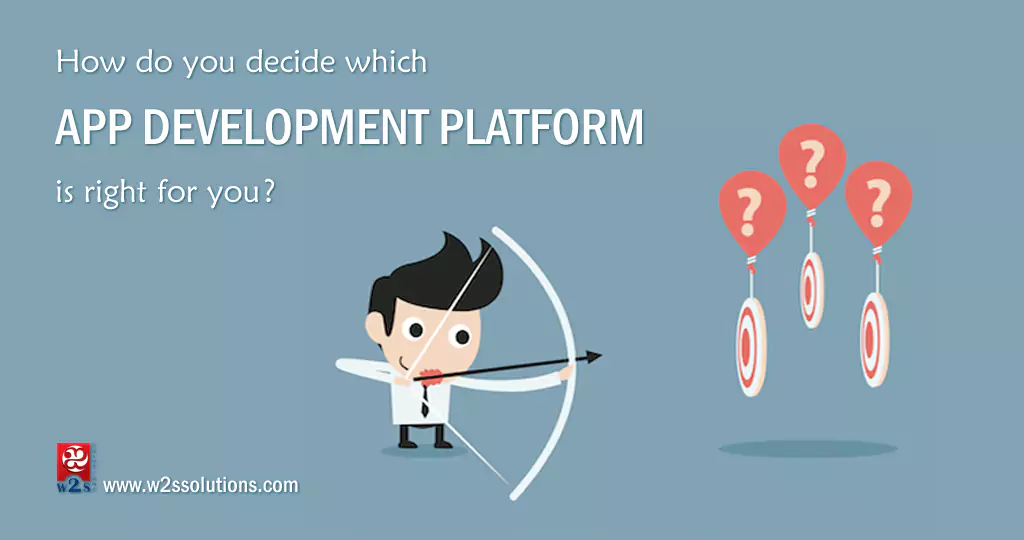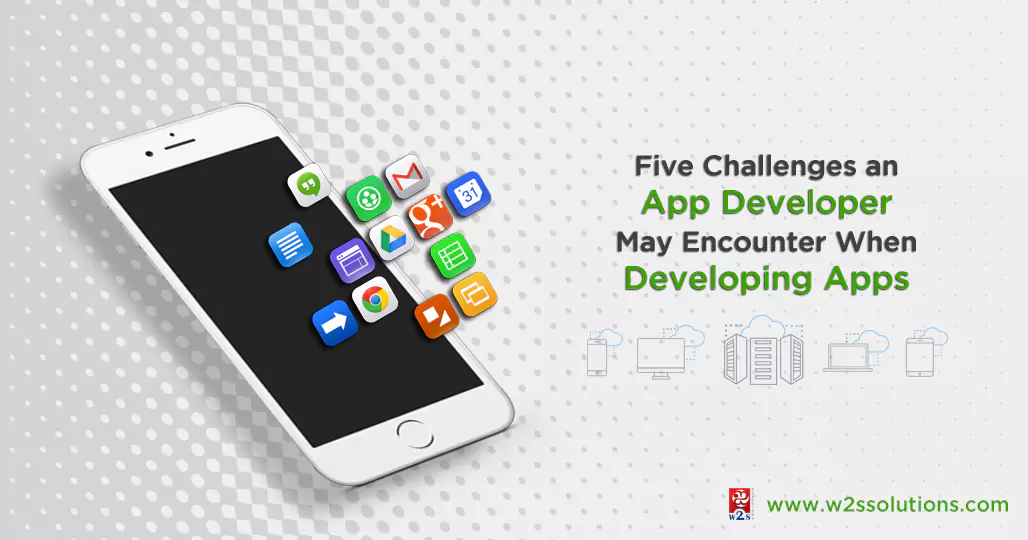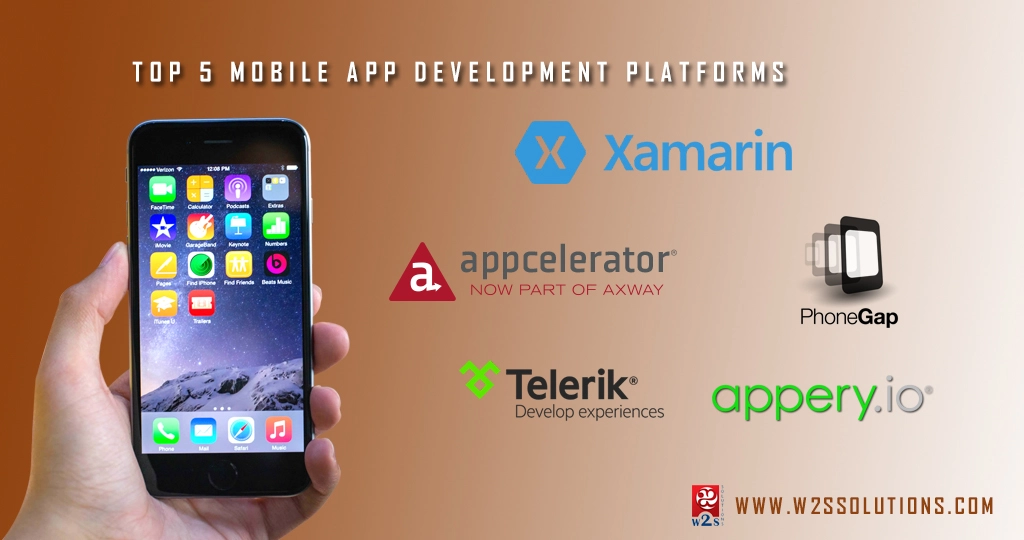TABLE OF CONTENT
Mobile internet users constitute a significant 55% of the total internet user base. Given this extensive global mobile audience, it has become an absolute necessity for businesses worldwide to create mobile applications catering to both iOS and Android users. However, embarking on the journey of developing apps for both of these major platforms, while rewarding, can be an intimidating endeavor. Addressing the challenges present in building these apps becomes more manageable through cross-platform development. Frameworks purpose-built for cross-platform application development streamline the process of hybrid app development.
With hybrid mobile app development services, you can easily broaden your reach and grow your user base exponentially. Now, let’s get into the world of cross-platform app development and get to know the top 10 frameworks that help us build versatile mobile apps.
What is a Cross-Platform App Framework?
Cross-platform mobile applications possess the capability to function on a variety of mobile platforms, including iOS, Android, and Windows. As a result, when utilizing a cross-platform app development framework, the need for separate coding to construct an app for each unique platform becomes obsolete. It’s crucial to understand the fundamental distinctions between Native and Cross-Platform app development as this decision directly impacts your expenses.
Furthermore, cross-platform development’s compatibility across multiple platforms simplifies the process of reaching a wider and more diverse audience. Consequently, it comes as no surprise that this approach is widely favored, particularly among startups and enterprises seeking efficient solutions to their mobile application development challenges.
Top 10 Frameworks for Cross-Platform App Development
1. React Native
React Native is an open-source, cross-platform framework, developed by Facebook, designed for crafting applications compatible with both iOS and Android platforms. While the application’s logic operates within the realm of JavaScript. Utilizing React Native, you can effortlessly develop a cross-platform application using the same set of UI components and codebase.
Features and Advantages:
- Incorporate live and hot reloading functionality to retain the code’s local state upon refreshing.
- It exhibits strong compatibility with numerous third-party plugins.
- React Native achieves native-like performance by harnessing the capabilities of graphics processing units (GPUs).
- It offers the versatility to incorporate React Native into your existing Android and iOS applications.
2. Flutter
Flutter stands out as the premier cross-platform app framework for creating applications on both Android and iOS without the need for distinct codebases. You can also construct web apps for browsers, Windows, and Linux using the same underlying codebase. Flutter has attained widespread recognition in the industry. Beyond Google, major eCommerce players such as eBay and Alibaba Group have adopted Flutter across their mobile and web app offerings.
Features and Advantages:
- Flutter enables the utilization of identical user interfaces and business logic across all platforms.
- It incorporates an integrated graphics engine, empowering developers to craft distinct interfaces tailored for both Android and iOS platforms.
- Developers don’t need to manually update the UI elements in this framework.
3. Ionic
Ionic is an open-source software development kit (SDK) that empowers developers to create top-tier cross-platform applications with a native-like user experience. It offers mobile-optimized UI components and gestures that simplify the creation of complex cross-platform apps. Ionic enables the development of cross-platform apps using web development technologies like CSS and HTML.
Features and Advantages:
- Ionic’s integration with AngularJS allows it to incorporate HTML syntax extensions.
- This framework is built on the SAAS UI framework.
- Modifying the appearance and style of the app is easy with simple HTML and CSS adjustments.
- You can use UI components to build a graphical user interface, and they are also adaptable and customizable.
4. Unity
Unity is a cross-platform mobile development tool primarily used for creating cross-platform gaming applications. It has gained popularity among developers aiming to build apps for both Android and iOS due to its user-friendly interface. Unity’s utility extends beyond game development; it’s also suitable for tasks like animation, architectural visualization, and even film previsualization. It also offers a convenient drag-and-drop feature for elements like images, buttons, and custom font sizes.
Features and Advantages:
- Unity excels in rendering 2D and 3D scenes within cross-platform applications.
- It provides integrated analytics that offer valuable insights into your game’s performance.
It also offers a drag-and-drop functionality, enabling you to create apps without the need for manual coding
5. Xamarin
Xamarin equips you with tools and libraries to create a consistent user interface and develop applications for Android, iOS, and Windows. By harnessing platform-specific hardware, Xamarin delivers top-notch native performance. This framework allows you to reuse over 75% of your codebase, resulting in significant time and resource savings. You can also integrate your preferred frameworks, tools, and libraries while gaining access to native APIs and 2D graphics.
Features and Advantages:
- Xamarin uses C# and supports Objective-C and Java integration.
- Xamarin accelerates mobile app development and cuts down on costs.
- It provides APIs and plugins for cross-platform app development, eliminating hardware compatibility concerns.
6. Apache Cordova
Apache Cordova empowers app developers to develop hybrid mobile apps by employing standard technologies like CSS3, HTML5, and JavaScript. Cordova provides your HTML/JavaScript application within a native shell to gain access to the device’s functionalities. This approach requires writing a singular codebase, allowing you to target various device types and deploy your cross-platform app on the respective platforms.
Features and Advantages:
- It supplies the majority of the essential components that developers need to construct a fully operational mobile application.
- Developers can utilize Apache Cordova to build applications that require access to various native features such as the battery, contacts, and camera.
- The framework will automatically generate the procedures and install the required plugins for different platforms.
7. NativeScript
NativeScript is an open-source cross-platform framework that ensures your apps look and function like they’re built natively for iOS and Android. It employs JavaScript to seamlessly interact with the same native APIs you’d use when crafting apps on Xcode or Android Studio. With a robust and thriving developer community, it simplifies and accelerates app development through code reusability.
Features and Advantages:
- NativeScript lets developers use Native APIs for mobile app creation, making it simpler to add device-specific functions for better performance.
- NativeScript Framework delivers a smooth, WebView-free, and visually stunning user interface.
- Developers can build apps without the need to learn new libraries with the help of NativeScript’s support for various popular JavaScript libraries.
8. Qt
Qt framework supports app creation for various platforms like macOS, Windows, Linux, Android, and embedded systems. It’s coded in C++ and facilitates GUI and app development, testing, and deployment. It also offers compatibility with Python, Ruby, and Java bindings.
Features and Advantages:
- Qt provides testing capabilities, simplifying the process of creating and executing automated tests for your apps.
- With a thriving developer community, Qt offers numerous tools and resources, including documentation and tutorials, to support developers.
- It has a vast selection of pre-designed components, including buttons, menus, and form elements, and is available for creating various applications and GUIs.
9. Sencha Ext JS
Sencha Ext JS is a cross-platform framework that utilizes the Ext JS JavaScript library to develop HTML5 applications for desktops, tablets, and mobile devices. It provides a comprehensive set of tools and support for building, testing, and launching mobile apps, with a strong focus on data-heavy business apps and real-time web applications.
Features and Advantages:
- Sencha Ext Js offers a wide range of tools for building web apps with data management and visualization features.
- With a thriving developer community, this framework offers abundant resources and documentation.
10. Node.js
Node.js is a versatile JavaScript runtime environment that functions on various operating systems. While it’s commonly employed for server-side and script development, it’s also utilized in cross-platform app development. This approach allows the use of JavaScript for both client and server-side applications.
Features and Advantages:
- Node.js apps are fast, scalable, and backed by a huge and thriving community for support and learning.
- Learning it is easy as it follows the “JavaScript Everywhere” principle, and JavaScript is widely used.
How to Choose the Perfect Cross-Platform Framework?
Starting off, we should focus on outlining the essential native-like features you need in your chosen cross-platform app development framework. Consider aspects like hybrid app development, mobile OS compatibility, in-app advertising, and target platforms.
When selecting a framework, keep the future of your application in mind, including anticipated changes and new features. Opt for a framework that will enhance developer convenience, usability, and accessibility. Avoid frameworks with complex setup processes and prioritize those that facilitate the integration of native platform controllers for your mobile app development needs.
Stay well-informed about the framework’s evolution and your development requirements to ensure its long run in the competitive app development industry of the future. Look for frameworks that provide native libraries for hybrid mobile app development, benefiting both native and cross-platform development efforts.
Key Takeaways
- Cross-platform development frameworks simplify the app development process by enabling developers to create apps for multiple platforms using a single codebase, reducing time and costs.
- The blog provides insights into the top 10 cross-platform development frameworks, including React Native, Flutter, Ionic, Unity, Xamarin, Apache Cordova, NativeScript, Qt, Sencha Ext JS, and Node.js.
- Each framework mentioned in the blog comes with its unique features and advantages, such as React Native’s native-like performance, Flutter’s versatility, or Xamarin’s code reuse capabilities.
- To select the ideal framework, developers should consider factors like hybrid app development, compatibility with target platforms, and integration of native platform controllers, while keeping future application requirements in mind.
Conclusion
Cross-platform app development frameworks aim to ensure universal compatibility while keeping app development cost-effective. Developers must assess business needs and project requirements to select the ideal framework. It’s essential to keep in mind that the ultimate objective is to achieve the highest level of customer satisfaction as a developer.
It’s clear that reaching a global audience of smartphone users is no longer an option but a necessity. Mobile internet users account for a substantial 55% of the total internet user base, emphasizing the significance of catering to both iOS and Android platforms.
However, the journey of developing apps for these major platforms can be daunting. Yet, the challenges that come with it become more manageable through cross-platform development. To overcome all these challenges and to provide an exceptional hybrid app development journey, W2S Solutions, a leading company which specializes in mobile app development services, understands the importance of choosing the right cross-platform framework for your mobile app development needs.
As the mobile app development industry evolves, it’s essential to stay ahead of the curve. Keep an eye on the future of your application, anticipate changes, and choose a framework that aligns with your long-term goals.
Frequently Asked Questions
Get inspired!
Subscribe to our newsletter and get updates on how to navigate through disruption and make digital work for your business!
